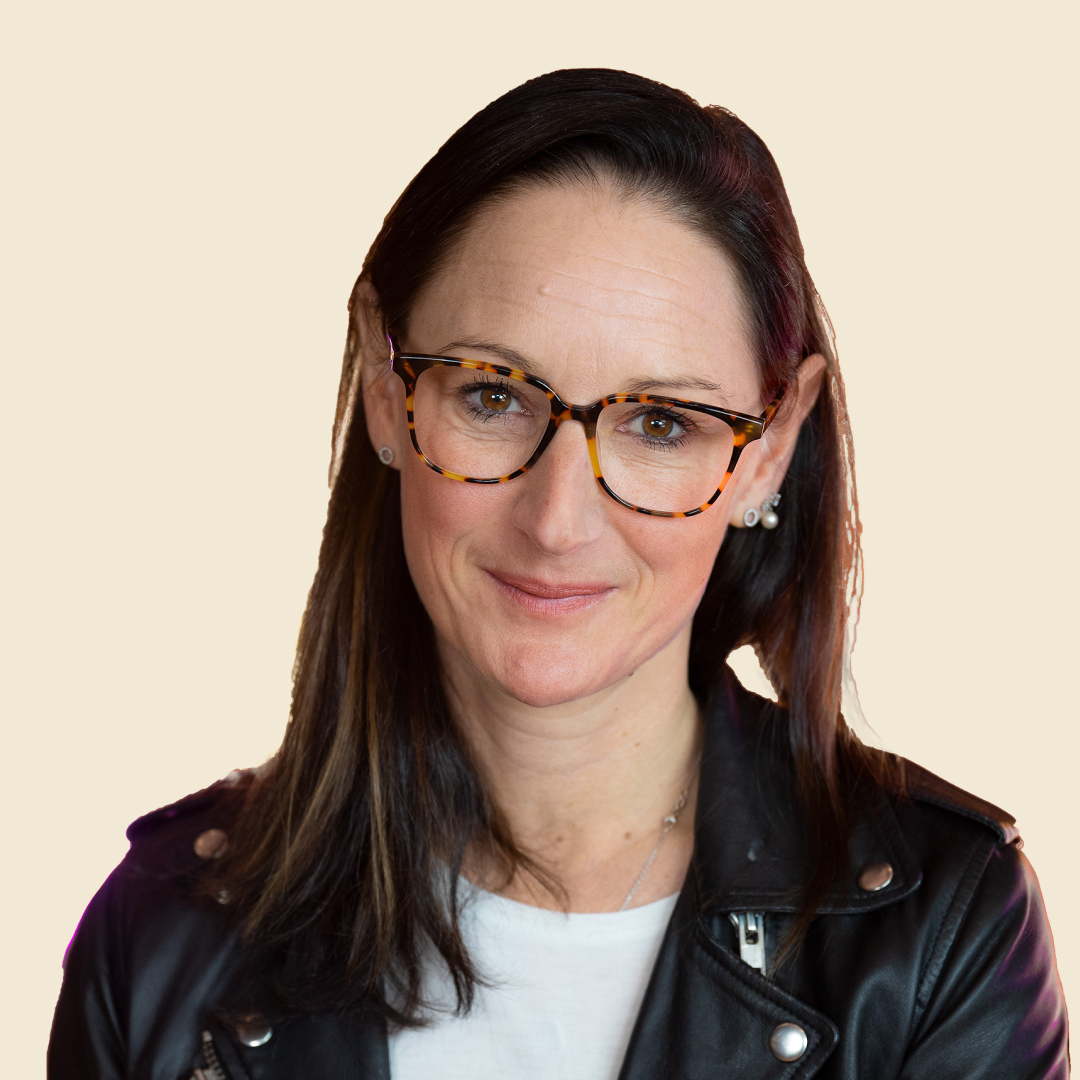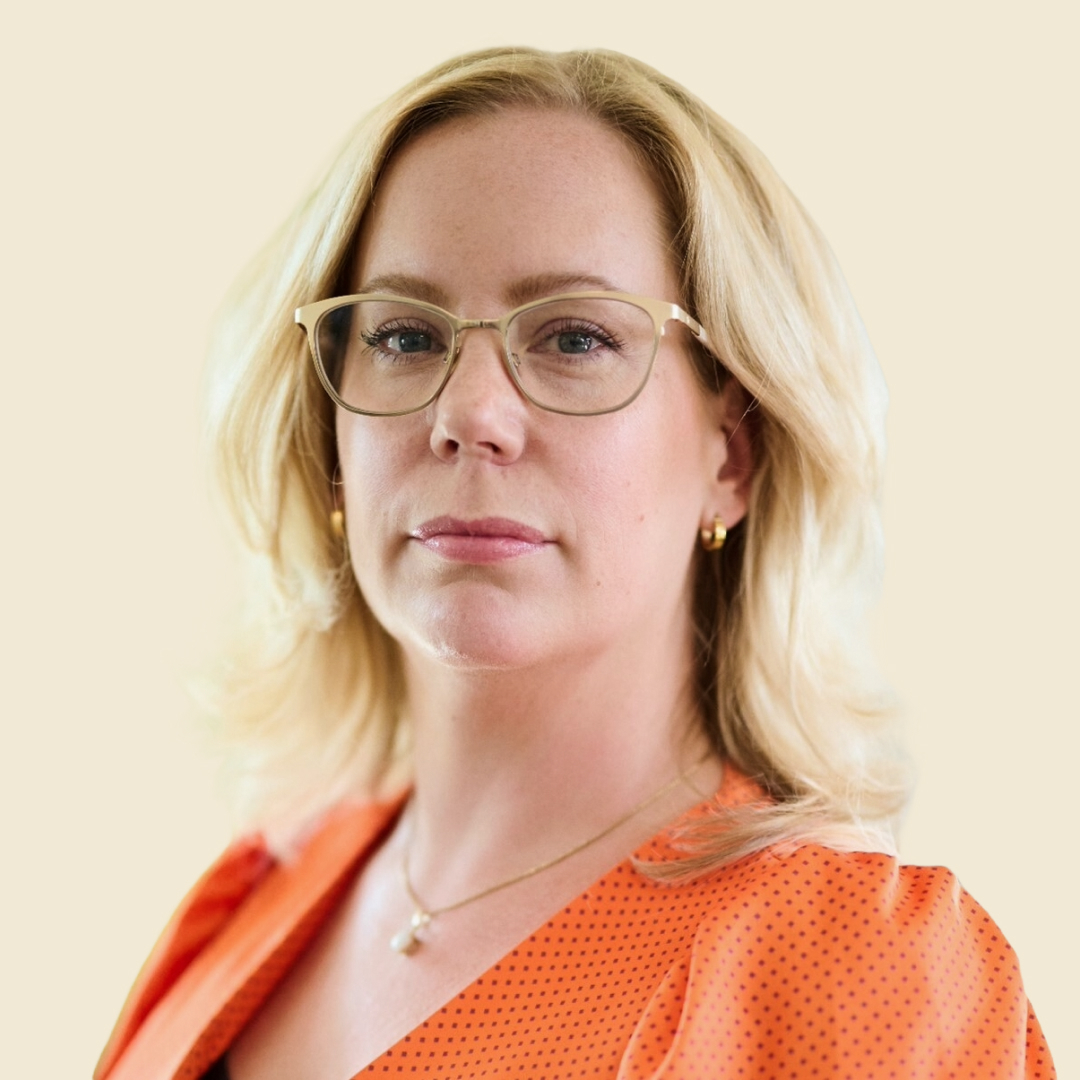Niklas Borgström has many years of experience in B2B marketing and has Sendify, his own agency, and as interim marketing manager roles on his resume. His career began as an allround marketer but gradually shifted more towards digital marketing with the founding of the agency Agrowth.
– We were relatively novice and needed to find a niche to compete with more experienced agencies. So we primarily focused on data-driven marketing, targeting what some would call boring businesses, like B2B industrial companies often at the beginning of their marketing journey. In addition to giving us a unique positioning, it allowed us to add value and achieve results faster.
After a couple of years with Agrowth and then a couple of years at the company Vidispine, Niklas Borgström was recruited to the edtech company Digiexam, whose digital examination platform simplifies and streamlines the exam process for schools and universities.
– Our platform fundamentally changes how schools, teachers, and students manage and carry out exams. It’s also used more and more to prevent students from accessing distractions, allowing them to focus on learning during class.

Like many other companies, Digiexam has increasingly focused on profitability in recent years, while maintaining ambitious goals for growth. In 2024, they aim to reach the “rule of 40,” meaning a combination of growth and profitability considered healthy according to industry standards in the capital market. Digiexam will also launch a completely new platform and aim to gain market share outside of Europe – something they’ve attempted before. In 2016, they made an effort to establish themselves in the US, a venture that has since then vastly influenced their approach.
– We made a big push in the US and managed to sign around 70 schools despite limited resources. Eventually, we had to pull back and focus on our original customer base. By 2019, we had turned profitable again and were able to continue pushing for growth.
After several years of experimentation, Digiexam found a new, more focused go-to-market strategy that has contributed to healthier growth – and to the success the company experiences today.
– It’s been a bumpy road with a lot of ups and downs and valuable lessons. In many ways, it led us to better positioning, and that we’re better equipped to tackle a fast-moving market.
How do you work with reaching growth goals given tougher times?
– It’s as easy as doubling down on what’s working well and stopping what’s not yielding results. The past year validated that approach, since despite tighter budgets, we were able to perform better on all KPIs. Additionally, we work very systematically with experiments and allocate 10 percent of the marketing budget to experiments. The idea is to challenge ourselves and thereby force ourselves to find new growth opportunities.
According to Niklas Borgström, the tougher market may also present new opportunities for those who manage to balance their budget against the headwinds.
– We have new rules to play by – those who understand their customers best and know how to communicate with them effectively have greater opportunities to increase market share. Besides that, it’s important to focus the most resources on the best-performing channels and to continue investing in long-term brand building even if the ROI isn’t immediate.

Today, the sales and marketing organization is a small team, which means close cooperation between the two areas. According to Niklas Borgström, it’s important for marketers, regardless of team size, to not lose themselves in data – and to remember who actually buys the product in the end.
– Participate in sales meetings and understand the customer’s actual problems. The marketing organization tends to be quite far removed from the actual customer and will hear about their needs from a third party. I think it’s very important to be present in customer meetings to both understand the customer and the problems the product solves.
What advice would you give to a newly appointed CMO?
– To be humble and always strive to better understand the customer’s needs. Turn to all parts of the organization to gain insights into customers’ motivations and what solutions the product provides for them. The three most important things are to challenge and test when it comes to channels, find a unique positioning, and eliminate any silos between product, sales, and marketing organizations. If you succeed in doing these things, exciting things will happen!
What makes a really good marketer?
– Being genuinely curious about the customer and the problems the product solves. It’s easy to try to be a one-size-fits-all product that suits everyone, but somewhere there’s always an ultimate customer segment with a clear need, generating shorter sales cycles, greater satisfaction, and longer retention. If you’re curious about uncovering that and segmenting based on it, better conditions are created to both predict growth and actually achieve it.












